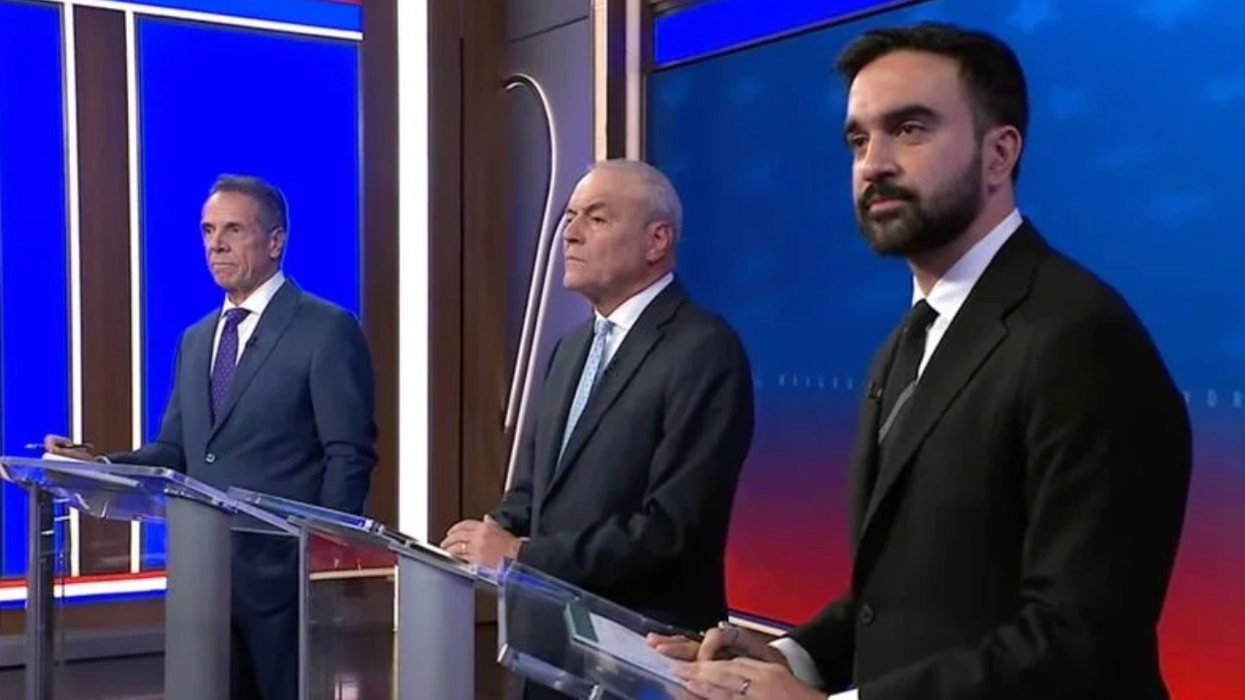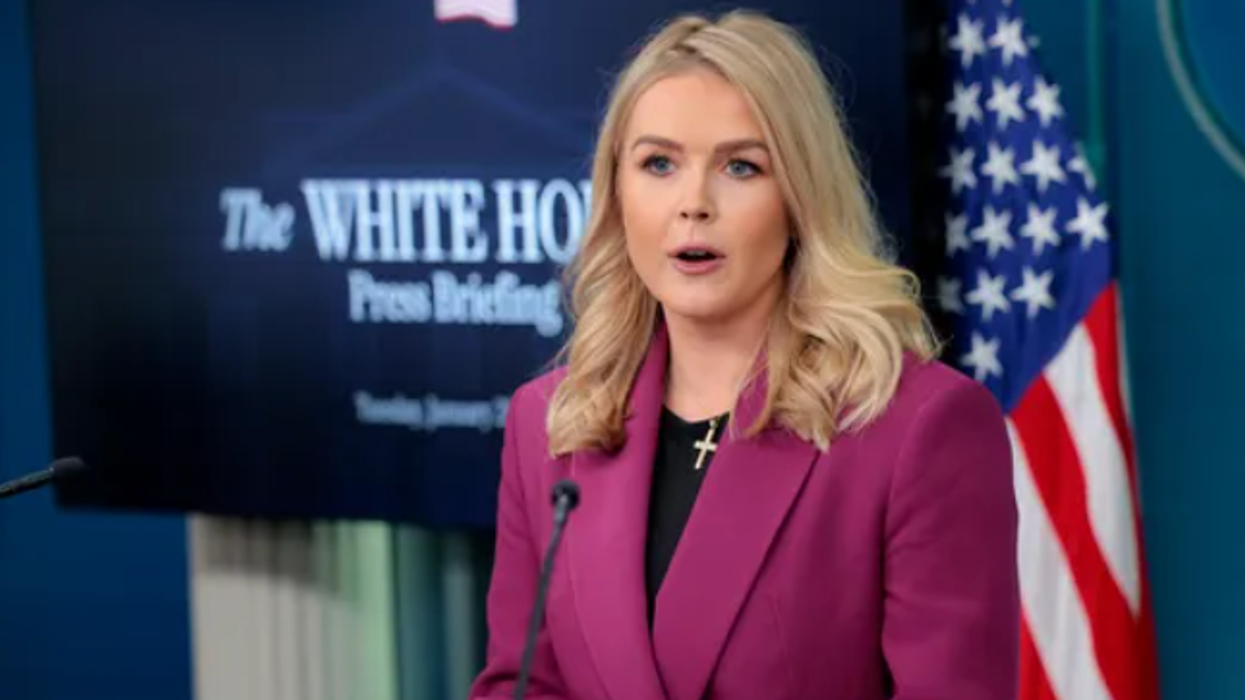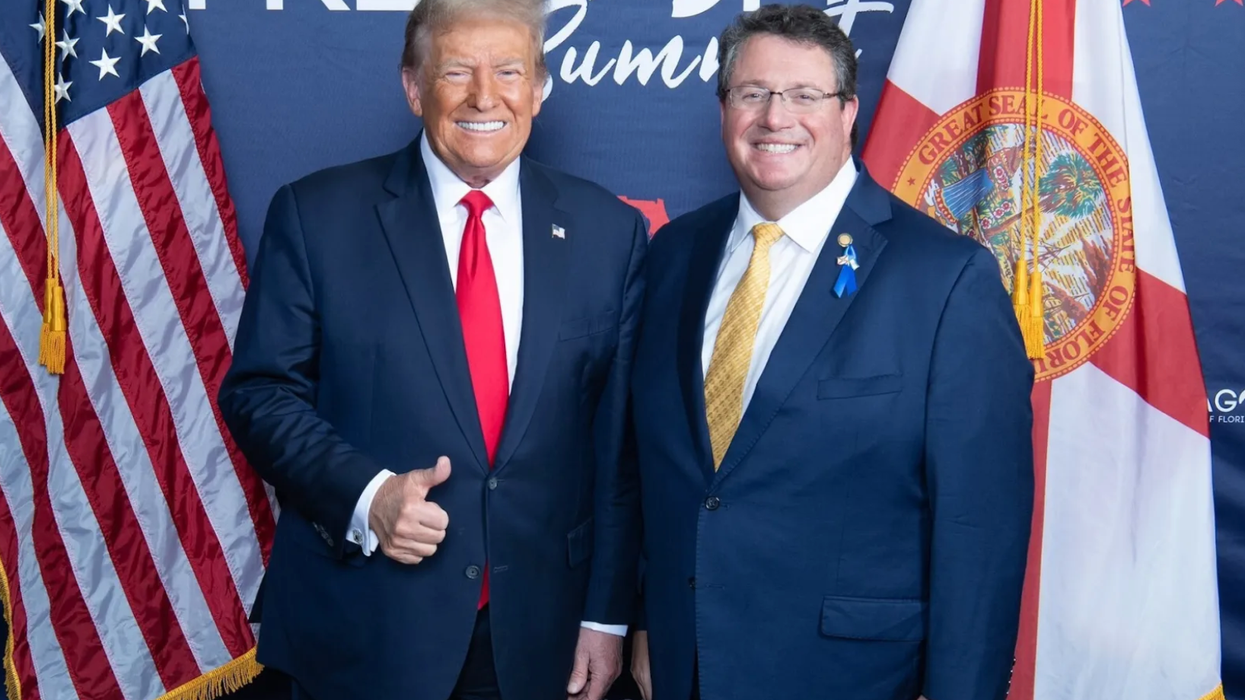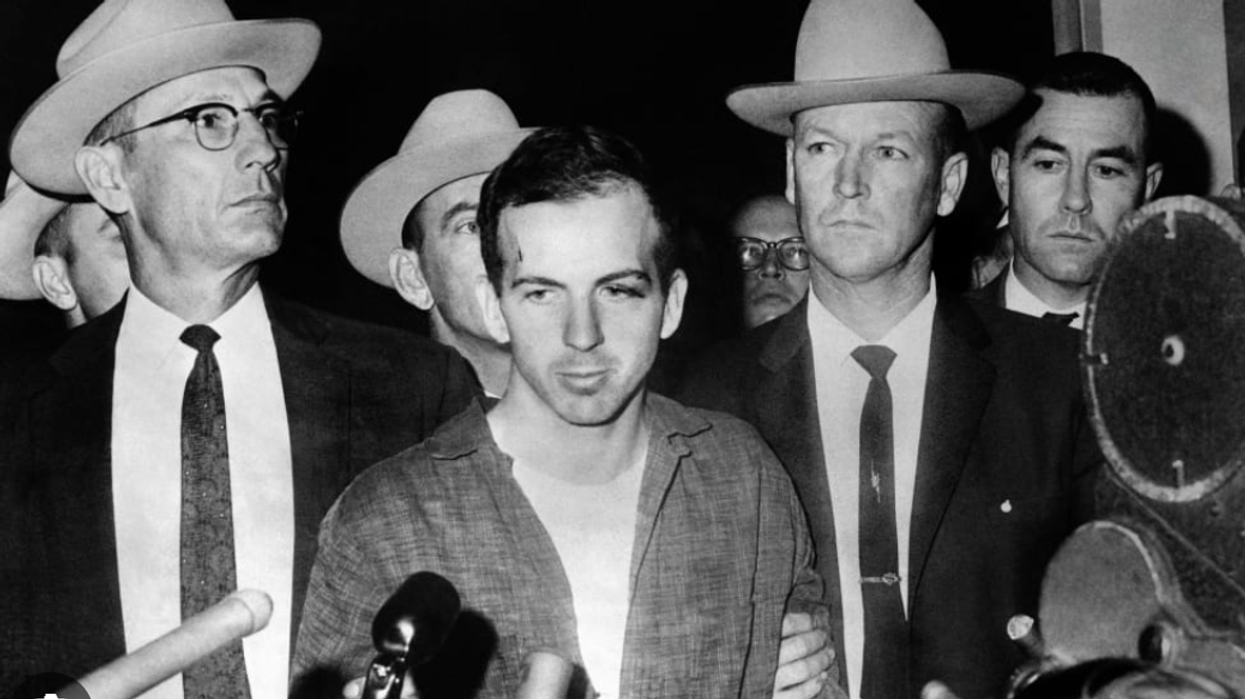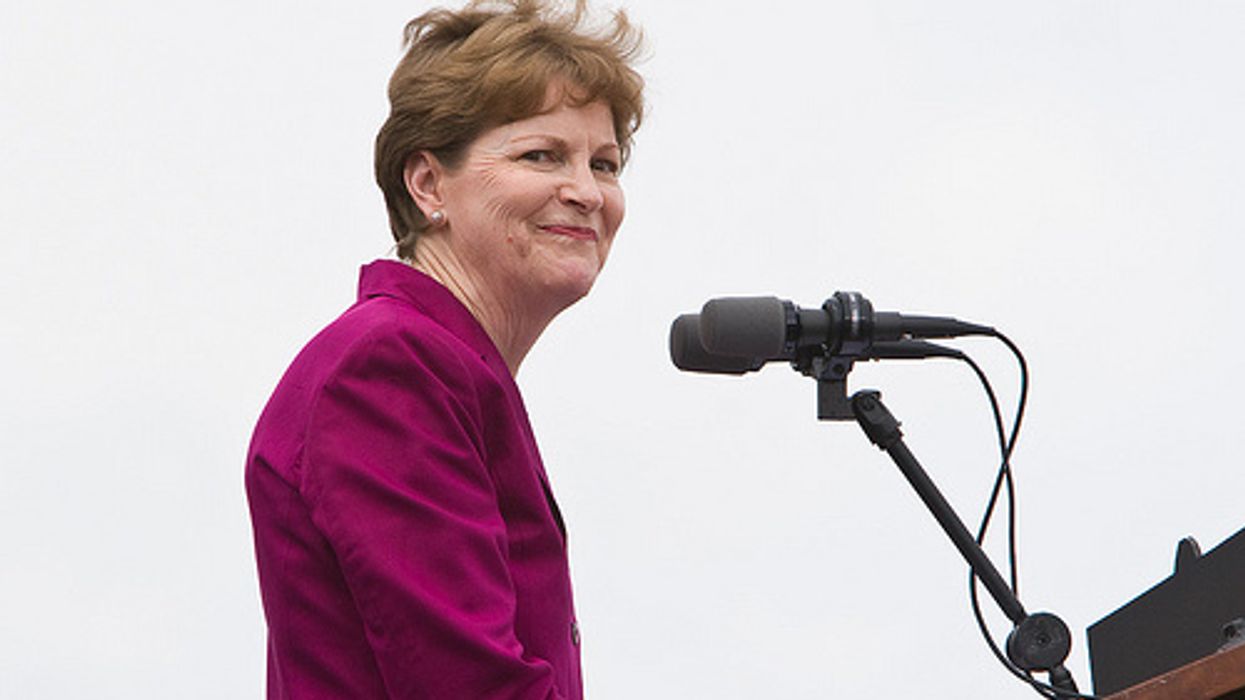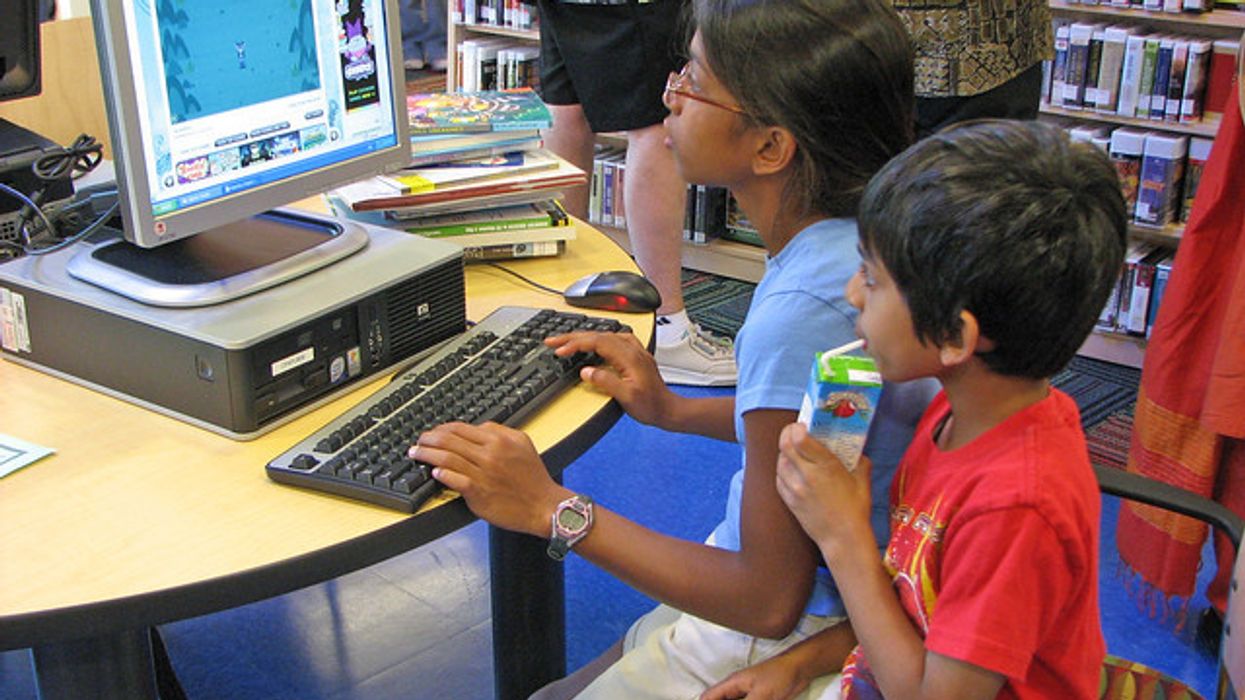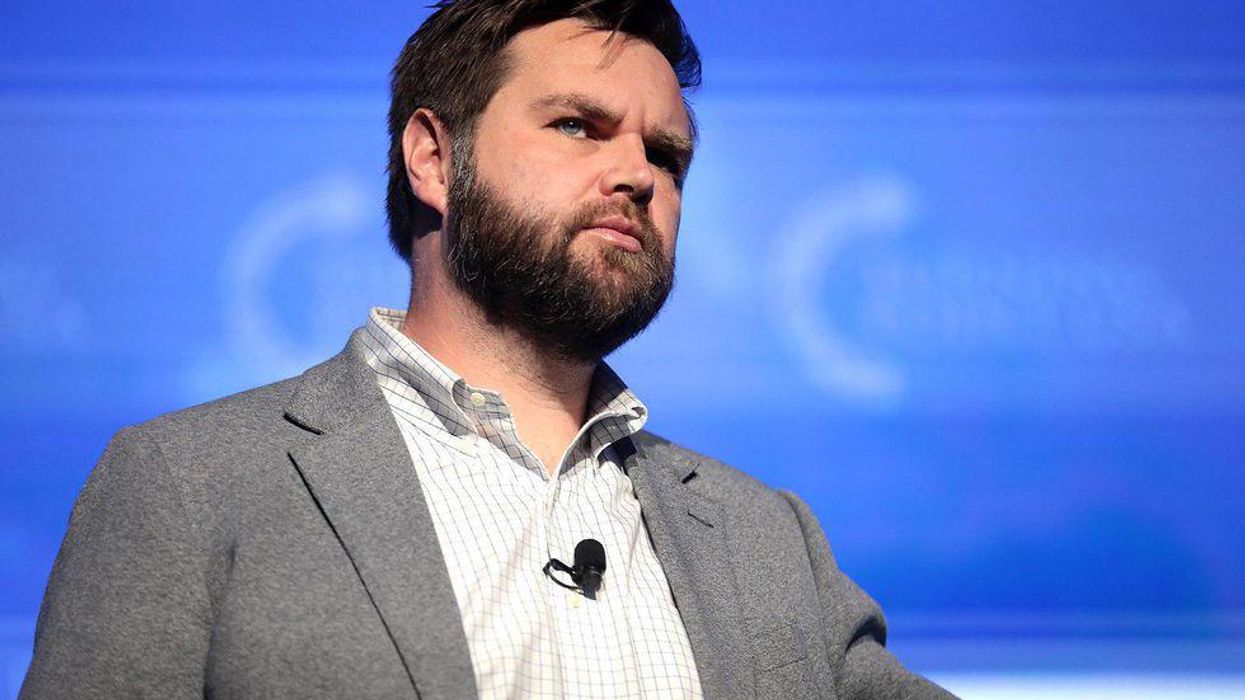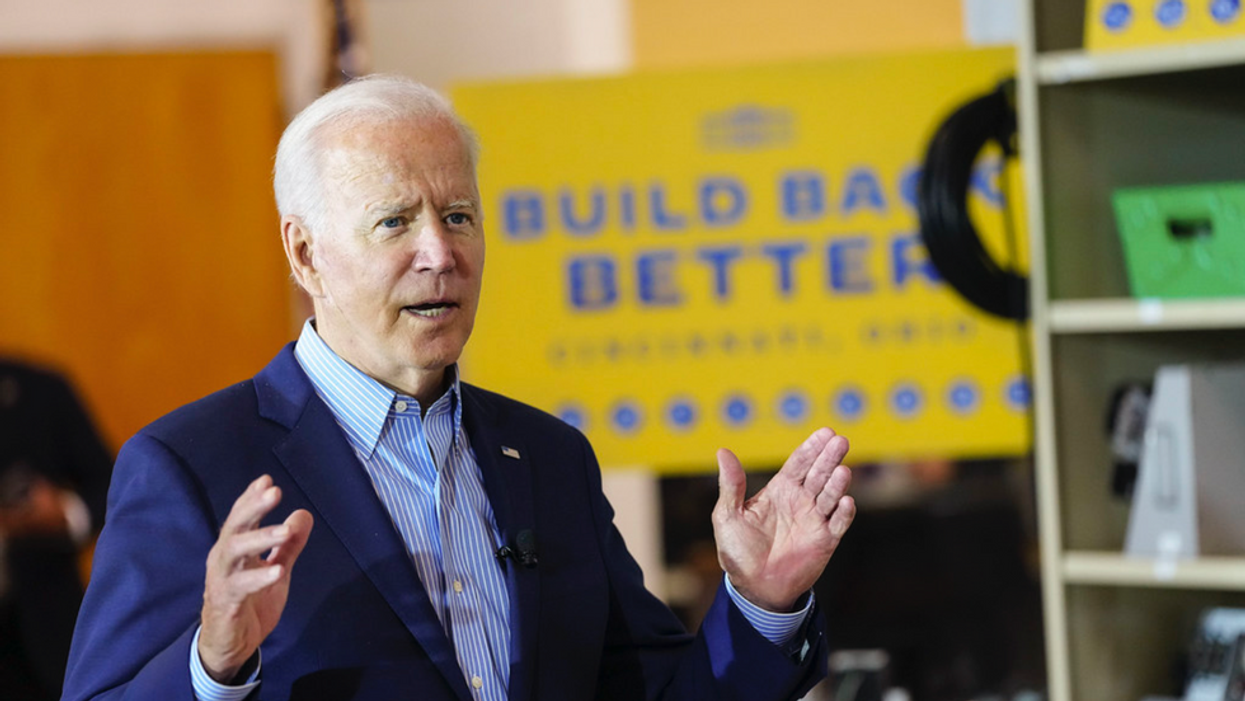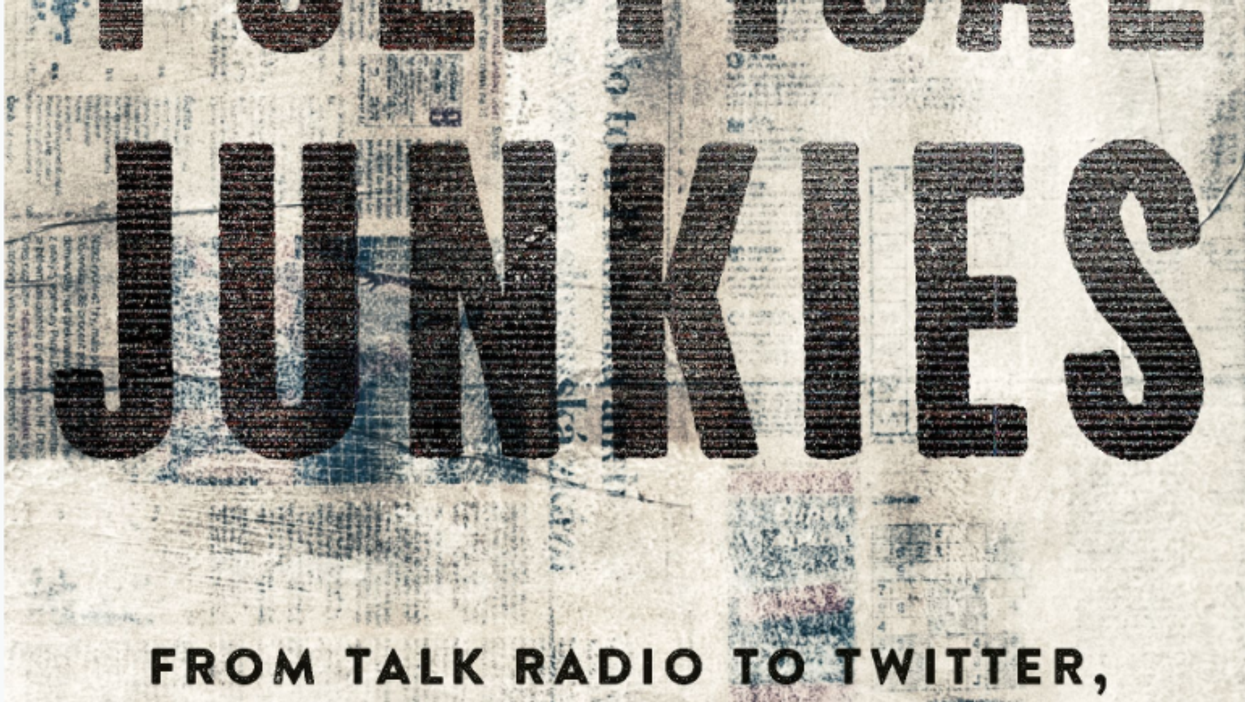You may have been shocked when the Cracker Barrel restaurant chain’s corporate redesign became national news in mid-August. I certainly was. I’ve never eaten at a Cracker Barrel, before or after the 1990s LGBT boycott. If I’m going to eat at a chain restaurant, I go really low: think Burger King, Subway, or McDonalds. And I really dislike restaurants that market themselves through a generic familiarity: places that pretend to be a Mom-and-Pop Italian place, like Olive Garden, or a New England chowder house, like Red Lobster
All of these places are incredibly fake, but they depend on manufacturing something that will make people loyal to them: a “feeling,” as today’s Cracker Barrel warriors put it—of family togetherness, vacations by the sea or, in the case of Cracker Barrel, marketing a generic, white-themed southern comfort that lays a false claim to American national identity.
So, to my mind, the new Cracker Barrel logo—which ditched a character sometimes known as “the Old Timer” and sometimes as “old Uncle Hershel,” and redesigned the restaurant’s interior as the modern restaurant it is—seemed reasonable. Founded in Lebanon, Tennessee in 1969, a moment when the white supremacist South had definitively lost to a well-organized and determined Black civil rights movement (and was redirecting itself into the New Right), the restaurant is, among other more benign things, one big dog whistle to the Lost Cause.
Cracker Barrel was a culture war waiting to happen. As its executives should have known, MAGA hates change, whether it is losing its Native American mascots, or gay marriage, or contraception. MAGA particularly hates changes that displace White authority over the national culture. Notably, a significant part of the restaurant chain’s customer base is concentrated in the former Confederacy. Seventeen percent of the restaurants are in Florida and Texas, Trumpy states that led the charge in promoting unwanted pregnancy, teaching biology out of the Bible, censorship of books and curricula, and the repression of LGBT people.
On one level, who is surprised that Cracker Barrel fans went into full scale cancellation mode against a corporate restaurant chain that they seemed to view as a national MAGA clubhouse? “We gotta bully them till they cave y’all,” one person wrote on Cracker Barrel’s Facebook page. “You can't say it's `the Cracker Barrel for tomorrow,’ and at the same time say it's `nostalgic,’” another critic wrote. “You can't have it both ways. Sorry.”
Yet, it’s also hard to know whether, if right-wing social media influencers had not seized on another opportunity to divert attention from the Jeffrey Epstein controversy, Cracker Barrel would have gotten away with making its ugly restaurants merely homely. “Of the dozens of people I spoke with over two days, there were a few who told me they didn’t care too much one way or the other about the changes,” David Marcus wrote at Fox News. “But nobody said they liked the idea, and of those who didn’t like it. Boy, how they didn’t like it!”
What Marcus doesn’t acknowledge is that the loudest voices in this debate were not ordinary Americans, but politicians and MAGA engagement trolls. “Cracker Barrel should go back to the old logo, admit a mistake based on customer response (the ultimate Poll), and manage the company better than ever before,” that great restaurant entrepreneur Donald J. Trump wrote on Truth Social. “They got a Billion Dollars worth of free publicity if they play their cards right. Very tricky to do, but a great opportunity.”
In fact, Cracker Barrel has for some time been an undercover touchstone for southern White authenticity and calling out metropolitan snobbery. Although he has been absent from the recent controversy, Vice President JD Vance used Cracker Barrel as a key signifier of liberal disdain in his 2016 memoir, Hillbilly Elegy. “When you go from working-class to professional class, almost everything about your old life becomes unfashionable at best or unhealthy at worst,” Vance wrote. “At no time was this more obvious than the first (and last) time I took a Yale friend to Cracker Barrel. In my youth, it was the height of fine dining—my grandma’s and my favorite restaurant. With Yale friends, it was a greasy public health crisis.”
My sense is that Secretary of HHS Robert F. Kennedy, Jr., would probably agree that Cracker Barrel is a greasy public health crisis. Many things can be true at once, of course. To name a few: a particular restaurant can be awash in unhealthy food choices, it calls up fond memories of a cherished relationship, and some friends you will make on your climb up the class ladder are asshats.
For MAGA, however, being sad about change, or being butt-hurt because someone doesn’t get it that you go to Cracker Barrel to remember a beloved ancestor, isn’t good enough.
It’s got to be war.
And so it was that activist Christopher Rufo, Hillsdale College, and the entire right-wing media apparatus spent days accusing Cracker Barrel executives of not just trying to impose a left-wing vision on middlebrow dining but also defying the will of the people more generally. “Had the leadership at Cracker Barrel just taken the drive down [Virginia’s Interstate] 81 that I did over the past few days,” Marcus opined, “instead of holding focus groups in Brooklyn and studying data analysis, this debacle never would have happened.”
Did Cracker Barrel executives hold focus groups in Brooklyn? Who knows? But I don’t see why they would: there are no Cracker Barrels in the five boroughs: you have to drive to Roxbury, New Jersey, 40 miles from Brooklyn. New York, that is: Brooklyn Ohio boasts one.
Long story short, having spent $700 million on the rebrand, Cracker Barrel execs retreated in terror from the online mob, restoring the familiar Cracker Barrel sign as a gesture of good faith. “We thank our guests for sharing your voices and love for Cracker Barrel,” the defeated corporation announced last week. “We said we would listen, and we have. Our new logo is going away and our 'Old Timer' will remain."
The one thing these critics, including Vance, are right about is this: the intensity of your feelings about Cracker Barrel probably has something to do with whether you want to live a portion of your life in the past or not. Aficionados of the chain say yes. For them, Cracker Barrel is a pleasurable return to a life in ye olde South that is real for them, whether they have a claim to it or not. It’s like the people who go to Disney’s Epcot, spending as much money as they would spend on a trip to Europe, and who feel they have had the experience of going to Europe.
The “old-timey southern charm” that Marcus describes, and that Cracker Barrel sold for almost 50 years, was and is utterly manufactured, an invented tradition that perpetuates the fantasy that the United States is, and should be, a white nation. Romancing the Southern past requires writing an awful lot out of the narrative, as historian Karen Cox has detailed in Dixie’s Daughters: The United Daughters of the Confederacy and the Preservation of Confederate Culture (2003). That project hasn’t changed much in the 150 years between the end of Reconstruction and the rise of MAGA: creating cultural oases where white people can experience the United States they want to live in, a nation that is not immigrant, not queer, not Black, not brown.
I mean this literally, because that is also a version of what Cracker Barrel is, and among the “feelings” at least some MAGAs cherish about the restaurants. What they don’t talk about is the facts. About 100 miles south of where the chain was founded is Pulaski, Tennessee where six former Confederate States of America veterans gathered around a cracker barrel, or something like it, and decided to form a “social club.” The club just happened to meet at night, and the club’s activities included beating, killing, raping, and otherwise terrorizing Black people if they tried to vote, refuse their labor to white people who had formerly enslaved them, or exercise independence of mind and spirit in public.
In any case, the idea these old timers had—which they named the Knights of the Ku Klux Klan—really caught on, not once, but three different times between 1865 and 1960. It survives today in a range of extremist organizations that are armed, very dangerous, and intent on re-establishing white supremacy in culture and politics. What Cracker Barrel has always sold is a sanitized, nostalgic version of a white nation that doesn’t say the quiet part out loud.
Let me be clear: not all forms of nostalgia are bad, but none of them are true either; and some of them (like Disneyland and Disney World) are huge moneymakers. Christmas and Thanksgiving, for example, have a lot going for them, but it is also the case that, even when it snows on December 24, it is unlikely that Christmas is going to be “like the ones we used to know.”
Similarly, many customers apparently perceived Cracker Barrel’s “old-timey design,” the rocking chairs on the porch, and the gift shop with corny tchotchkes, not as a reproduction of some vague Southern past, but as the real thing. “For 55 years you’ve been the charming restaurant that reminds us of our grandparents house, change that and you probably won’t last 55 more,” a self-identified customer wailed.
But oddly, much of the commentary on Cracker Barrel has also disappeared prior culture war controversies that have swirled around the company. In 1991, Cracker Barrel went to war with gay activists when it implemented an employment policy precluding people “whose sexual preferences fail to demonstrate normal heterosexual values” from being employed by its restaurants.
At the same time, the company was listening to what many customers wanted. Some customers feared that they would “catch” AIDS from gay employees; others just didn’t want to see mannish women and girly men. Some managers tried to protect their staff from being fired, telling them (as one worker explained) that “the policy was really aimed at effeminate men and women who have masculine traits who might be working as waiters or waitresses.”
Sound familiar?
The LGBT Cracker Barrel boycott was launched in response to this bigotry. Carl Owens, of Queer Nation Atlanta, wrote a story in a southern gay newspaper about 12 Cracker Barrel employees who were handed termination notices under the new policy. They read: “This employee is being terminated due to violation of company policy. The employee is Gay.”
It was perfectly legal to fire someone for being queer in the 1990s, and thanks to Donald Trump, we are probably returning to that world, so do pay attention to what happened next.
“Gay rights activists staged protests and sit ins at Cracker Barrel locations across the southeast, but Owens had another plan,” Morna J Gerrard wrote at the Georgia State University Library blog in 2017:
The Buy One Campaign. If enough people bought a single share, and then pressured Cracker Barrel to adopt a policy that protected gay employees from discrimination, it would be a “vivid example of our presence and power.” Remarkably, at a time when no federal laws, and only two states, protected gays and lesbians from discrimination, the campaign gained real momentum. Owens’ fight also attracted allies, some of whom came from surprising places, like churches.
When Buy One began, Cracker Barrel had 4,500 shareholders; two years later, that number had more than doubled, to 11,500—and half the shareholders only owned one share. Then the battle was really on. The campaign to change the company’s personnel policies through shareholder voting included various angels like the Catholic Sisters of Mercy, which apparently had a killer pension fund, and the massive New York City Employee Retirement System. NYCERS went to war with the Securities and Exchange Commission, which sided with Cracker Barrel’s argument that shareholder votes that affected the company’s day-to-day operations were illegal. In 2002, when 58 percent of the shareholders supported nondiscriminatory hiring, the company’s board capitulated without taking a shareholder vote.
But Cracker Barrel’s problems didn’t go away. As it turns out, the chain also showed systematic bias against Black customers and employees. In 2004, the Department of Justice settled a discrimination case in which Cracker Barrel agreed to pay $8.7 million and end policies that included
allowing white servers to refuse service to Black customers and segregating customers by race were revealed after the DOJ investigated 50 Cracker Barrel restaurants. As a result of the settlement, Cracker Barrel was forced to adopt new policies and procedures to prevent discrimination from taking place.
At a similar time, approximately 12 Cracker Barrel employees claimed that Black employees were segregated from white employees and were often given non-customer-facing roles.
And there’s more. In 2013, Cracker Barrel pulled Duck Dynasty souvenirs from its stores after anti-gay remarks on the show, restoring them after customers complained. Then things got worse. In 2020, “a customer called Tamra Hawkins visited a Cracker Barrel in East Windsor, Connecticut, and took a video of the ceiling. In this video, what looks like a noose can be seen hanging from the ceiling. After public outcry, the offending item was removed from the store.”
Coincidentally, it was this incident that caused the company to propose “a multi-million dollar redecorating plan that encompassed every Cracker Barrel establishment in the United States.” Stalled by the pandemic, the redesign was supposed “to make Cracker Barrel restaurants into spaces that were welcoming to all” and also include “memorabilia that reflects Black American history.” In 2024, a Cracker Barrel in Waldorf, Maryland refused table service to 11 special needs students and seven staff members, perhaps reminding the corporation that their rebrand was more urgent than ever.
But I think that isn’t the only thing that prompted the new designs: on closer inspection, Cracker Barrel, which thrived during the gay boycott, never got its mojo back after it was forced to become inclusive. MAGA Republicans may be the loudest voices in the room when it comes to policing a restaurant chain they view as their own private clubhouse, but there aren’t enough of them to maintain, much less grow, the business. Shares of the company trade at a third of pre-pandemic levels. As importantly, revenue has almost flatlined since 2004, and the number of customers served has not grown since 2018.
In other words, the company rebranded, not because it is “woke,” but because it is in financial trouble that may intensify under current federal policies. The 2024 annual report warned potential investors that Cracker Barrel was “currently experiencing, and has in the past experienced,
inflationary conditions with respect to a variety of costs, including the cost for food, ingredients, retail merchandise, transportation, distribution, labor and utilities, and we may not be able to increase prices or implement operational improvements sufficient to fully offset inflationary pressures on such costs, which may have a material adverse effect on our results of operations.
Cracker Barrel is also almost uniquely vulnerable to tariffs because around a fifth of its income comes from selling souvenirs. The gift shop accounts for about 17 percent of annual revenue. Cracker Barrel purchases one-third of these “old timey” objects directly from China, and the rest from U.S.-based vendors—who probably also buy them in China.
But MAGA bullies seem to be aware of none of this; nor do they get it that you can’t love the restaurants and hate the company at thee same time, Instead, they are whooping about the fact that Cracker Barrel is more financially fragile than ever. The company has lost $143 million in market value since this nonsense began. On the other hand, they know exactly what is at stake, and it’s not about the signs or the decor.
It’s that a Cracker Barrel that welcomes everyone is not a place where, like their “old-timey” ancestors, MAGA wishes to eat.
Claire Bond Potter is a political historian who taught at the New School for Social Research. She is a contributing editor to Public Seminar and wrote the popular blog Tenured Radical from 2006 through 2015. Please consider subscribing to Political Junkie, her Substack newsletter.
Reprinted with permission from Political Junkie.

